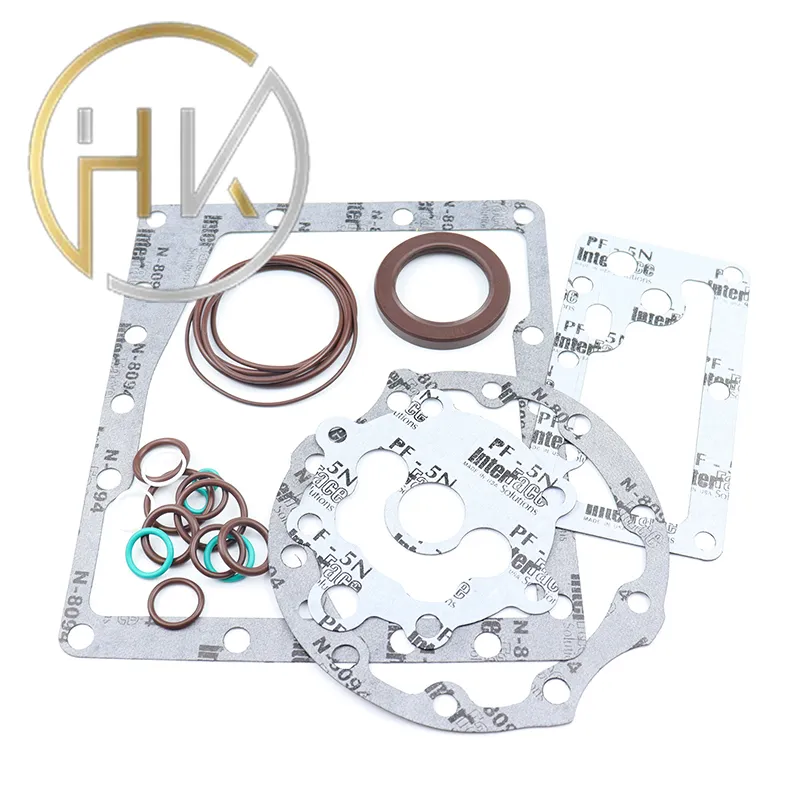ធ្នូ . 13, 2024 14:32 Back to list
engine hoist hydraulic cylinder rebuild kit
Rebuilding a Hydraulic Cylinder for Engine Hoists A Comprehensive Guide
Hydraulic cylinders play a pivotal role in the performance and functionality of engine hoists. Over time, these components can wear down due to regular use, leading to leaks, diminished lifting capabilities, and decreased safety. To ensure the longevity and effectiveness of an engine hoist, it’s important to know how to rebuild its hydraulic cylinder, and a hydraulic cylinder rebuild kit can be an invaluable resource in this process.
Understanding the Hydraulic Cylinder
A hydraulic cylinder converts hydraulic energy into mechanical energy, allowing the engine hoist to lift heavy loads with ease. The main components of a hydraulic cylinder include the cylinder barrel, piston, piston rod, seals, and end caps. Over time, seals can wear out, leading to hydraulic fluid leaks, which drastically affect the hoist’s performance. A rebuild kit typically contains all the necessary parts to restore the hydraulic cylinder to optimal condition.
Why Use a Rebuild Kit?
Rebuilding your hydraulic cylinder with a rebuild kit offers several benefits
1. Cost-Effectiveness Purchasing a rebuild kit is often more economical than replacing the entire hydraulic cylinder. 2. Efficiency A properly functioning hydraulic cylinder enhances the overall performance of the engine hoist, allowing for safer and more efficient lifting. 3. Sustainability Rebuilding instead of replacing is an environmentally friendly choice, as it reduces waste and the need for new materials.
Components of a Hydraulic Cylinder Rebuild Kit
A typical hydraulic cylinder rebuild kit contains
- O-Rings and Seals These are crucial for preventing hydraulic fluid leaks. Ensuring that you have the right sizes and materials is essential for a successful rebuild. - Piston and Rod Wipers These components help keep foreign debris out of the cylinder, which can cause wear and damage. - End Caps and Gaskets These parts secure the hydraulic cylinder and maintain pressure within the system. - Guide Rings These rings help reduce friction, allowing for smoother operation of the piston.
Steps to Rebuild a Hydraulic Cylinder
engine hoist hydraulic cylinder rebuild kit

1. Disassembly Begin by safely removing the engine hoist from its power source and disconnecting any hydraulic lines. Carefully disassemble the hydraulic cylinder, taking note of the arrangement of parts for easy reassembly.
2. Inspection Examine all components for signs of wear or damage. Check the cylinder barrel for scratches or pitting, as these can compromise the sealing surfaces. If the barrel is damaged, it may need to be honed or replaced.
3. Cleaning Thoroughly clean all parts using a suitable solvent. Remove old seals and debris to ensure that no contaminants are present during reassembly.
4. Reassembly Install the new seals and O-rings from the rebuild kit, ensuring they are properly seated in their grooves. Reassemble the piston and rod, making sure to follow the original configuration.
5. Testing Before reattaching the hydraulic cylinder to the engine hoist, conduct a pressure test to ensure that there are no leaks. This step is critical to preventing future issues.
Maintenance Tips for Hydraulic Cylinders
To prolong the life of your rebuilt hydraulic cylinder, follow these maintenance tips
- Regular Inspections Frequently check for hydraulic fluid leaks and signs of wear. - Fluid Quality Use high-quality hydraulic fluid, as poor fluid can cause premature wear of seals and components. - Storage If not in use, store the engine hoist in a dry place to prevent moisture from entering the hydraulic system.
Conclusion
Rebuilding a hydraulic cylinder using a rebuild kit is a practical solution to restoring your engine hoist’s functionality. With a proper understanding of the components and processes involved, along with regular maintenance practices, you can keep your engine hoist operating efficiently for years to come. Remember, investing time in a rebuild not only saves money but also enhances safety and performance in your workshop or garage.
-
The Trans-formative Journey of Wheel Hub Oil Seals
NewsJun.06,2025
-
Graphene-Enhanced Oil Seals: Revolutionizing High-Pressure Oil Sealing
NewsJun.06,2025
-
Future of Hydraulic Sealing: Advanced Intelligent TCN Oil Seals
NewsJun.06,2025
-
Don’t Let a Broken TCV Oil Seal Ruin Your Day
NewsJun.06,2025
-
Bio-Inspired Dust Seals for Better Sealing Performance
NewsJun.06,2025
-
Biodegradable and Sustainable Hydraulic Seal Materials
NewsJun.06,2025
-
Top Oil Seal Solutions for Your Industrial Needs
NewsMay.22,2025
Products categories
















